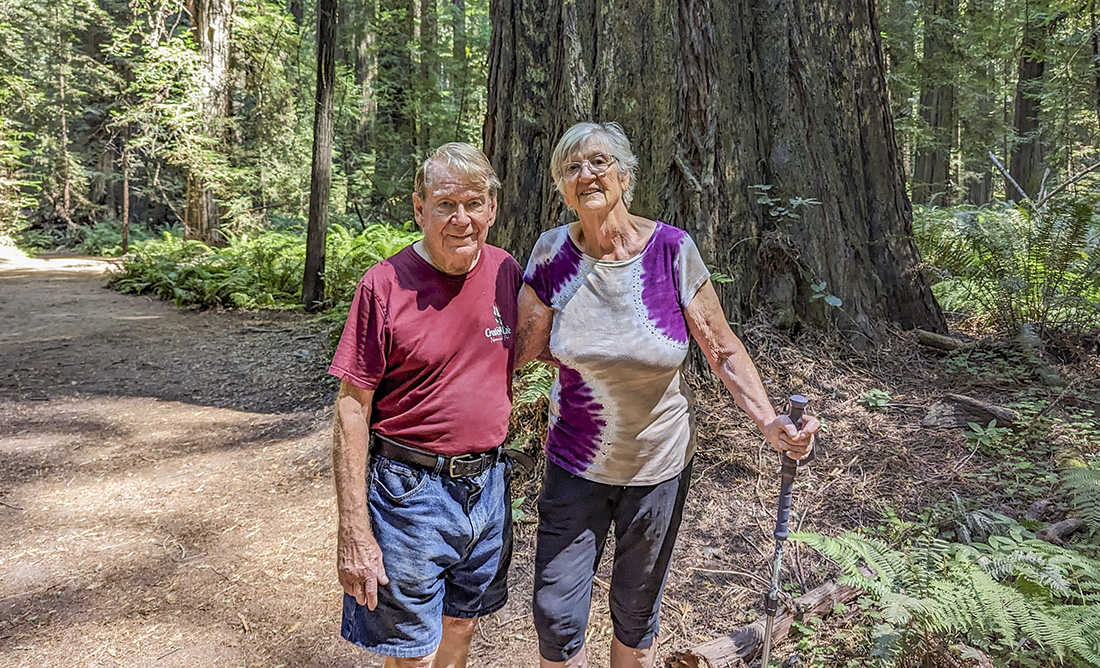I thought I’d start this post
about our days in Denali National Park with the best wildlife pictures we were
able to take from the park bus.
Wildlife on the roads were far
more common in the past when people fed them. But now the bears still like to take
the easy path, and ramble down the roads instead of crashing through the
tangled brush. We were lucky to see these three:
Bears are generally solitary animals except
for mothers with cubs, and pairs during the mating season. These were probably
a set of three year old siblings, who had left their mother this summer, and
were still hanging out together.
They are opportunist
omnivores and will eat almost anything. They were carrying around the
carcass of a snowshoe hare.
This one had possession of
it, and after tearing it up a bit, he eventually left with most of it and moved
on with the others, leaving a scrap or two on the road. A magpie quickly took advantage of this nourishing find.
Most private vehicles are only
allowed to drive 15 miles into the park. We were allowed to drive the Alfa in
30 miles to the Teklanika campground where we had made reservations eight
months ago.
We also purchased our bus tickets in advance ($34 each), and because we were at the campground we were able to use
it on multiple days, which we did.
On Friday and Saturday we spent a total of fourteen hours on the bus, broken up by a few rest stops and one short hike.
On Friday and Saturday we spent a total of fourteen hours on the bus, broken up by a few rest stops and one short hike.
The bus seating is very
tight, and the double windows are sometimes hard to see out of, particularly when most of the
48 passengers are up trying to take pictures out of them. But it is one of the
only ways for the public to see the park.
The following pictures are
the best of those Craig was able to take with his Nikon D3 and Tamron 28-300 lens. They have all been
cropped. The animals are more clearly seen here than what I could see, since
they were all very far away.
To see this mother grizzly nursing
her two large cubs on a hillside was a very special treat.
The cubs appear almost as large as she was, but probably weren't.
The cubs appear almost as large as she was, but probably weren't.
As distant as most of the animals were, it was good to see them living their natural lives in the wild.
However, I am very glad there are places like the Alaska Wildlife Conservation Center near the Alyeska Resort, where we were able to see them up close.
Sometimes we weren't sure what something in the distance was. Was that a bear or a bush? Is that white spot a rock
or a sheep? Can you find the critter in the above picture?
If you look closely and use your imagination, you may be able to see the giant Alaskan mosquito that crashed in the snow on the side of this mountain.
It was very hard to limit the number of images I put into this post. The landscape was so vast and beautiful, and it seems no pictures can compare to what my memory has stored.
In the above image you see a sweeping view, and yet it is only a small portion of the panorama.
Looking closer at just this magnificent mountain, one of so many, is a magnificent view.
Here's one of the Polychrome Mountains. They still, or is it already, have snow in the high country. I could have posted twenty more, but you just have to come here yourself.
Also fascinating were the places where the road pullouts overlooked vast gravel river bars. The water takes many paths giving them the name "braided" rivers. Their water flow varies with the seasons and rainfall each year, and the overall riverbeds were laid down over thousands of years as the glaciers receded.
Visitors to the park come hoping to get a good sighting of Mt. Denali. It was interesting to see its many views. There were times when it was completely hidden by solid overcast skies.
Visitors to the park come hoping to get a good sighting of Mt. Denali. It was interesting to see its many views. There were times when it was completely hidden by solid overcast skies.
There were times when only
parts of her were visible. The above image was zoomed in and later cropped.
This was taken from the same
place at the same time, and shows the complete scene as we really saw it. As you can see the mountain is very far away.
As we rode along, Mt. Denali
would disappear behind other mountains, and then on a turn suddenly loom
largely over the distant horizon.
Another good sighting! But every time she came into view, I felt a
renewed sense of the good luck we had had that day on our jet boat ride and our flight from Talkeetna. Such
wonderful, visual memories to have.
Our days in Denali have come to an end. Our days in Alaska will soon be over. We are headed back to the lower 48, but we will always treasure our time in this distinctive place.
Our days in Denali have come to an end. Our days in Alaska will soon be over. We are headed back to the lower 48, but we will always treasure our time in this distinctive place.
And so to renew a charming tradition of an old blogger friend, Judy Bell:
The End






















































